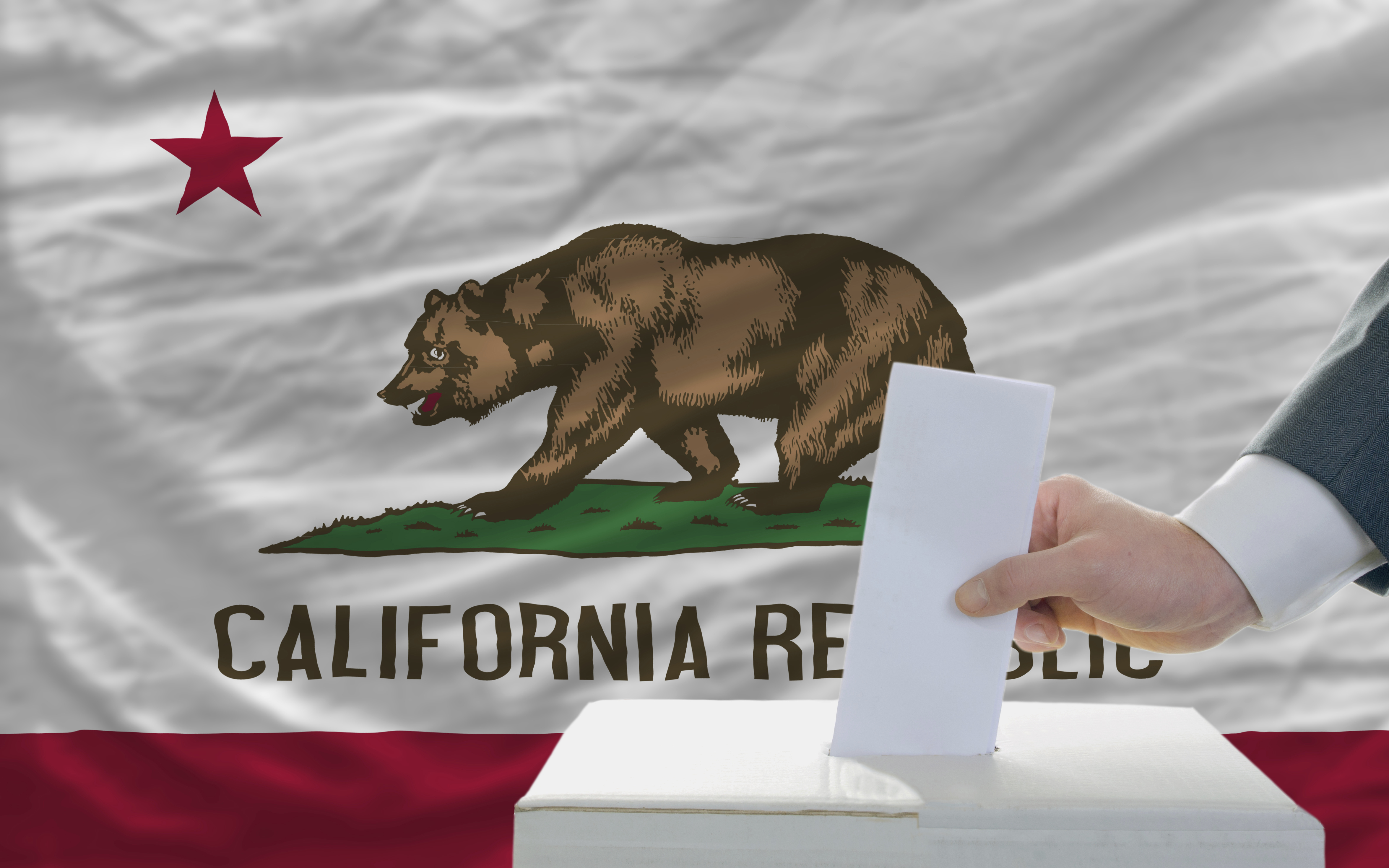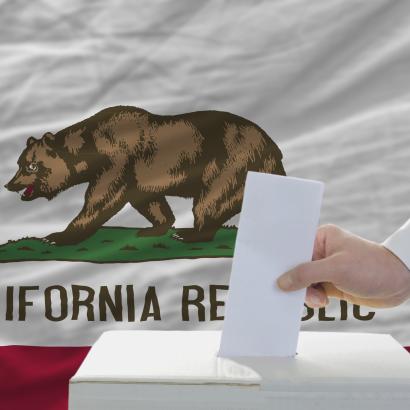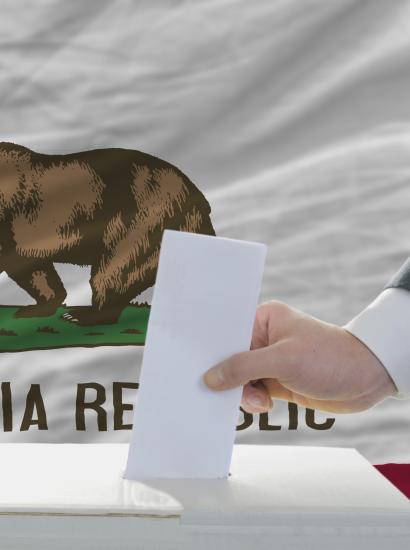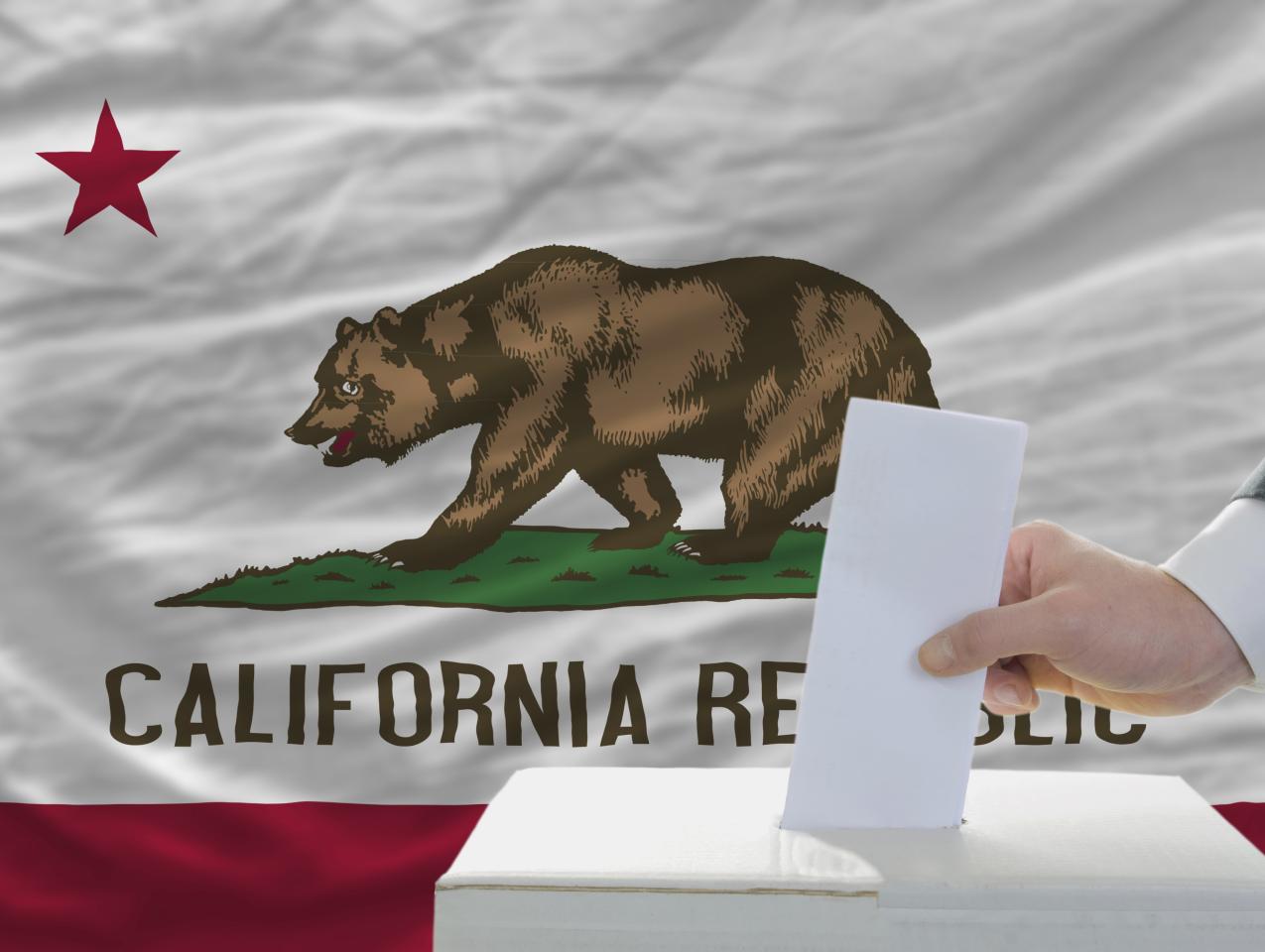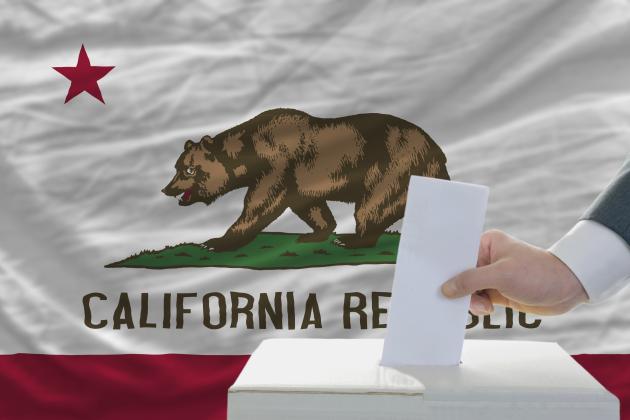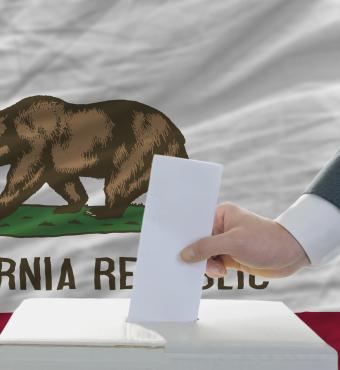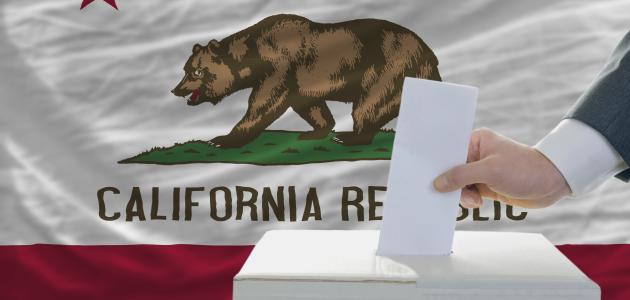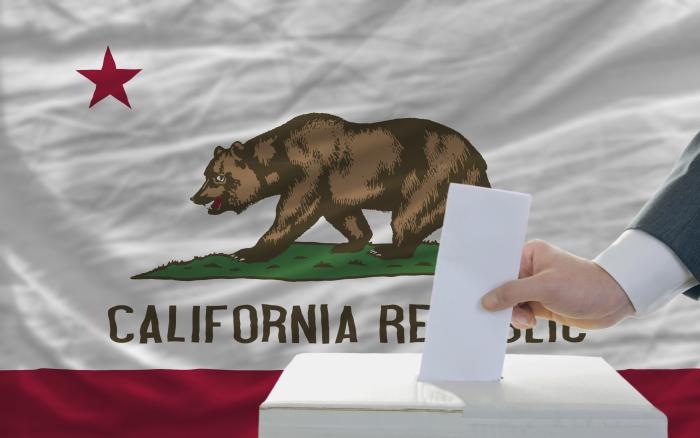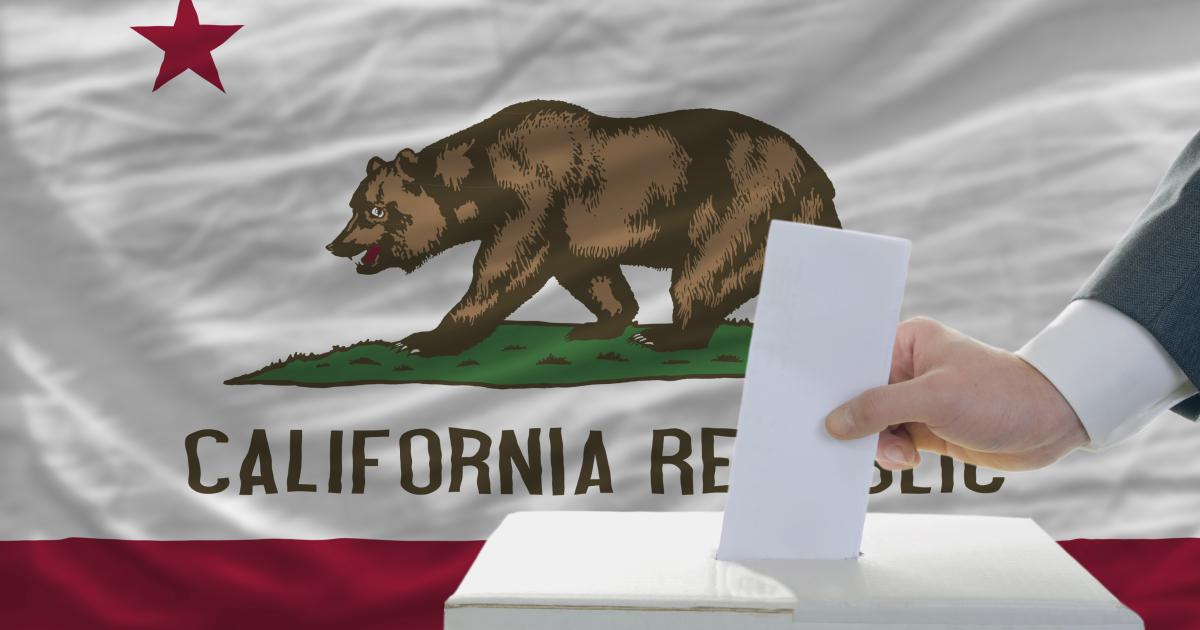- Law & Policy
- Politics, Institutions, and Public Opinion
- Campaigns & Elections
- State & Local
- California
Donald Trump received only 31.6% of California’s vote in the 2016 presidential election.
That Trump failed to carry the Golden State barely qualifies as news. The last Republican nominee to do so, in America’s most populous state, was George H. W. Bush—all the way back in 1988 (Republican candidates carried California in nine of the 10 presidential elections spanning 1952 to 1988; the state’s gone Democratic seven consecutive times since).
What was news in 2016 was the dimension of Trump’s California drubbing—the worst performance by a Republican since Alf Landon all the way back in 1936.
Could Trump go any lower in the Golden State in 2020?
Perhaps, if a bill signed last week by California governor Gavin Newsom remains in place between now and next year’s election.
At issue is SB 27, the so-called Presidential Tax Transparency and Accountability Act, which requires presidential candidates to file their income tax returns, for the five most recent taxable years, with California’s secretary of state in order to have their names placed on the state’s primary ballot.
As Trump famously has refused to release his tax returns, this means his name would be absent from the choices available when Californians go to the polls next March.
Newsom’s action raises plenty of questions.
First, is it constitutional?
Nearly 25 years ago, the US Supreme Court determined that states cannot impose qualifications on congressional candidates that are stricter than what’s prescribed by the Constitution (this was a 1995 ruling that said California and 22 other states couldn’t impose congressional term limits). Apply that to the presidency, and California, in theory, is out of bounds for hamstringing Trump in a way that has nothing to do with birthplace, residency, or age.
Second, even if the courts ultimately were to decide that the new California law is constitutional, does it really interfere with Trump’s re-election chances?
Should Trump somehow lose California’s GOP primary—i.e., he doesn’t receive enough write-in votes—he’ll still earn his party’s nomination given that he has but token opposition at this point (Democrat Franklin Pierce, in 1856, is the answer to the trivia question of the only incumbent president to have been denied his party’s nomination). Bonus question: would the Republican National Convention seat non-Trump delegates that were the result of a non-Trump primary?
Third, if tax records are used as a cudgel against presidential candidates, where else might states go in a partisan effort to embarrass a candidate?
Credit scores, sealed divorce records (that would apply to Trump and Ronald Reagan) might be put into play. What about requiring candidates to release their medical tests in the remote chance that it reveals something troublesome? (Republicans tried to make an issue of Bill Clinton’s health records the two times he ran for president.)
For that matter, how about college transcripts or childhood IQ tests (in 2011, the conservative-loathing Huffington Post published the college transcript of then-presidential candidate Rick Perry that showed that he wasn’t exactly a brainiac—he received a C in Sheep & Angora Goat Production—during his years at Texas A&M University).
Finally, a fourth question: in the limbo dance that is the acrimonious back and forth between the Trump administration and California’s Democratic elected leadership, how low can you go?
Judging by the media reaction, Newsom apparently went too low. The Los Angeles Times (normally not in the business of rushing to the president’s defense) characterized the anti-Trump law as “Putin-like election meddling.” The New York Post (ordinarily a conservative publication, though it didn’t offer an endorsement in the November 2016 election) slammed the measure as “California’s pathetic effort to troll Trump.”
There is one other theory as to why this particular piece of legislation saw the light of the day—other than the obvious explanation that it’s yet another avenue via which California’s self-proclaimed “resistance” can get under Trump’s skin: it’s Newsom’s not-so-subtle way of showing that he’s not to be confused with his predecessor.
That would seem laughable given that Jerry Brown (born in 1938 and California’s only four-term governor) is Newsom’s elder by some 29-1/2 years, has a bald pate to Newsom’s stylish coif (Newsom’s ex-wife, Kimberly Guilfoyle, reportedly put the governor on the phone with her current boyfriend, Donald Trump Jr. [that’s not a typo] to talk hair products). Moreover, Brown famously subscribed to the “canoe theory” of more mainstream policy choices (paddle left, paddle right) whereas Newsom is arguably the most liberal governor in California’s nearly 17-year existence
How can a new California governor, of the same party as his predecessor, show that the office is under new management? For Newsom, it’s included distancing himself from some of Brown’s passion projects—high-speed rail and water tunnels, for openers.
At other times, Newsom has ventured where Brown would not.
In his final year as governor, Brown was beseeched by six former governors of other states to grant clemency to California’s death row population. Brown didn’t go for it (though he ended up setting a record for pardons and commutations in California).
Newsom, on the other hand, issued an executive moratorium on California’s death penalty after just two months in office.
This also applies to the new tax-return law that Newsom just signed. In October 2017, then governor Brown said no to the idea. (“While I recognize the political attractiveness—even the merits—of getting President Trump’s tax returns, I worry about the political perils of individual states seeking to regulate presidential election in this manner,” Brown cautioned in his veto message.)
The clock ticks in Sacramento. The state legislature has until September 13 to pass bills. California’s governor has until October 13 to sign or veto measures approved by the legislature and in his possession after that previous month’s deadline.
Gavin Newsom will have many opportunities to sign bills that Brown shunned and market his choices as taking California in a new and bolder direction (in that regard, keep an eye out for what Newsom does with regard to some high-profile abortion and #MeToo legislation).
Still, there are other times where Newsom can benefit from Brown’s example, the Presidential Tax Transparency and Accountability Act being such an instance.
If you’re one of those people who likes to do their holiday shopping months in advance, here’s a suggestion for California’s new and more drama-prone governor: a “WWJD” bracelet.
“What Would Jerry Do?”







